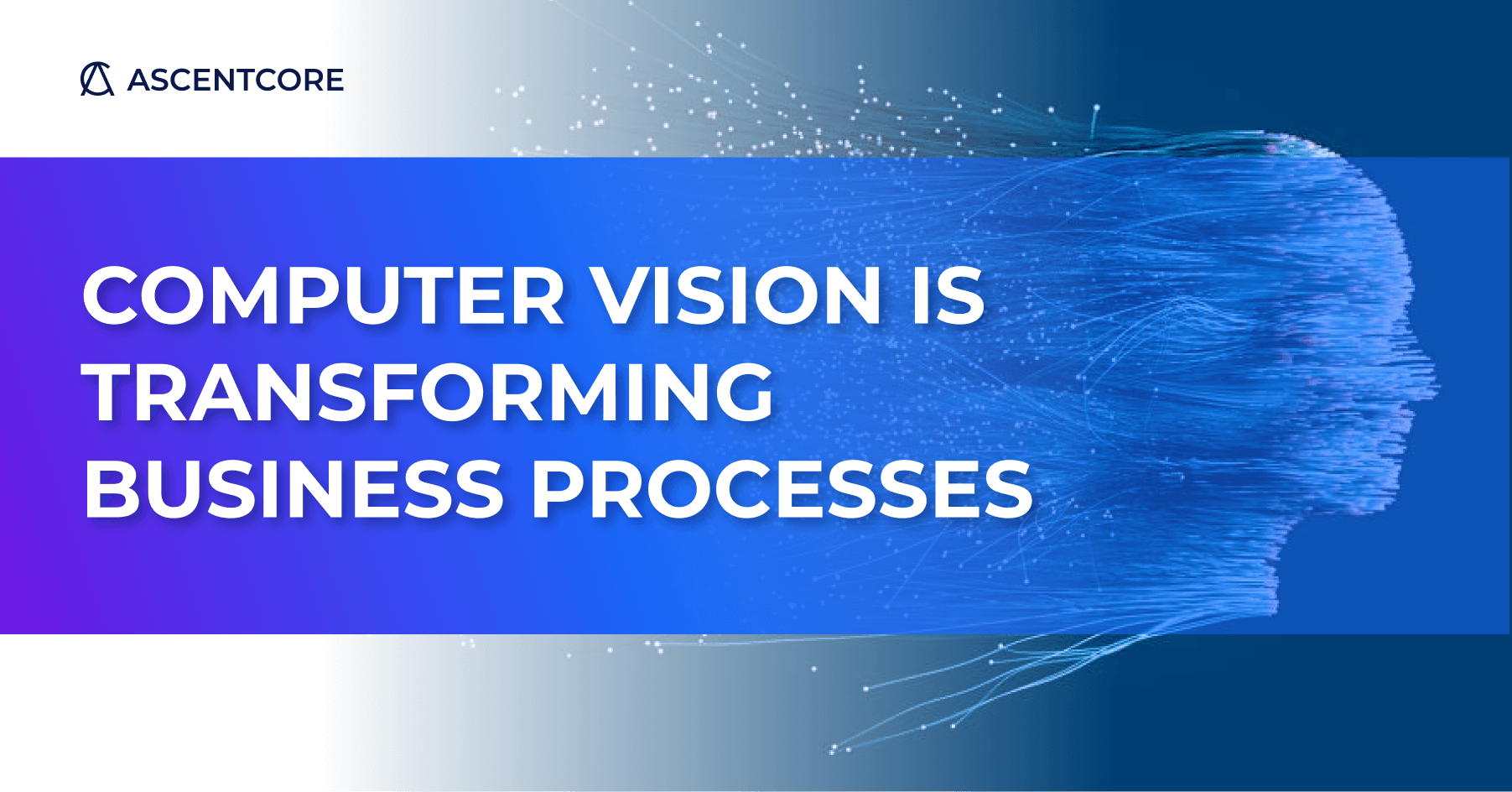We don’t always stop and think about the technology behind things like facial recognition on our phones, self-driving cars, or satellites that track our latest Amazon order. But these wouldn’t be possible without computer vision technology, and as evidenced by the above examples, they’re almost ubiquitous in our lives.
But the reality is that we’ve only reached the tip of the iceberg for how we can leverage the power of computer vision. The future is here and many industries – from retail to healthcare – are tapping into the potential of this technology to transform how they do business, and how we experience our lives.
What Is Computer Vision?
Before we dive into how computer vision is changing business, it’s important to understand what the technology is. At its simplest, computer vision is a field of artificial intelligence (AI) focused on processing images and videos to extract meaningful information. Examples include the ones we mentioned earlier as well as Google’s image search function – which is a kind of optical character recognition – and pattern recognition, which is used in fingerprint analysis, among other uses.
Many industries are already taking full advantage of computer vision including automotive, manufacturing, healthcare, agriculture, and logistics and supply chain. For many businesses, top reasons for implementing this technology include process improvement and productivity, automation, and regulatory compliance and safety.
And this is just the start. According to IDC forecasts, the total worldwide market for computer vision technologies will grow to $2.1 billion this year, from $760 million in 2020, with a compound annual growth rate of 57% expected through 2025, to a total market value of $7.2 billion.
Computer Vision Industry Use Cases
Based on those stats, it’s no surprise that more and more industries will turn to computer vision to optimize their processes and improve their outcomes. Let’s take a closer look at just a few of the industries using this technology.
- Retail. With the disruptions caused by the pandemic, and more customers choosing online shopping and home delivery, many retailers are deploying computer vision to meet these demands. The American grocery chain Kroger, for example, has aimed to get groceries delivered to their customers within 30 minutes. To achieve this, Kroger has been investing in micro-fulfillment centers — small-scale, heavily-automated distribution warehouses located close to where customers live. The chain plans to open more of these types of facilities to expedite their online delivery orders.
- Manufacturing. This industry has turned to computer vision for use on production lines to automate processes, inspect products, and optimize productivity. One business has developed a system in which a handheld device can automatically provide a count of the number of products in a bin using a handheld device. This might sound simple, but consider that products might be stacked on top of each other, hiding those at the bottom from view. So the computer vision system had to take a two-dimensional image and translate it into a three-dimensional model.
- Healthcare. Computer vision is used in a myriad of ways in the healthcare industry, from diagnostics to patient safety to improving operations. According to the fourth annual Optum survey on AI in Healthcare, medical image interpretation, virtual patient care, and medical diagnosis were the top three areas cited by respondents where AI can be used to improve patient outcomes. For example, The Open Source Imaging Consortium Data Repository, supported by PwC and Microsoft, is building a platform that with AI and machine learning, can help doctors diagnose rare and fatal diseases faster and more accurately, giving them more time to treat patients and extend their life expectancy.
- Other industries. For the automotive industry, computer vision is critical to technology such as self-driving cars and driver assistance such as blind spot monitors. For agricultural manufacturers, computer vision is playing a key role in sorting products, monitoring and managing agricultural assets, and monitoring plant and animal health.
In cybersecurity, image recognition can assist with signature reading or detecting fake websites to prevent phishing and other security breaches. And for the financial sector, image processing can improve processes using image processing to capture data from documents.
The Technology Is Universal
Computer vision truly has the potential to be leveraged in just about every industry out there, and there is plenty of room for growth, too. The technology is still fairly new, and as it evolves, and business build the infrastructure to harness it, computer vision could revolutionize business processes as we know it.
If you’re looking for an AI partner, turn to the OG’s for help. At AscentCore, AI is our bread and butter and we’re always evolving our capabilities, sharpening our processes, and expanding our team to help our clients imagine and build world-class digital products.














